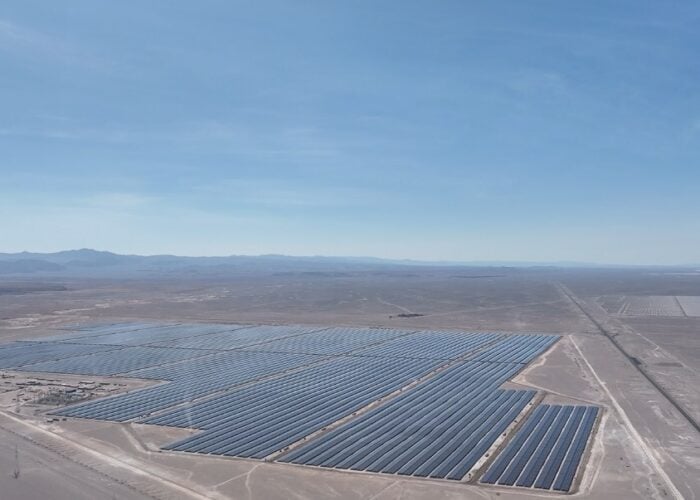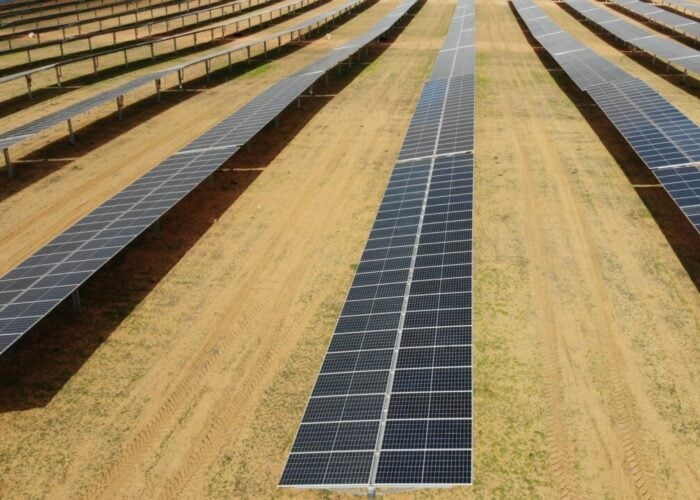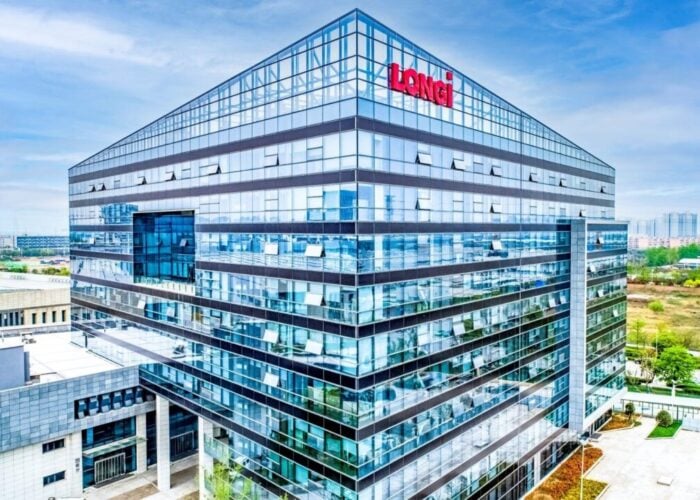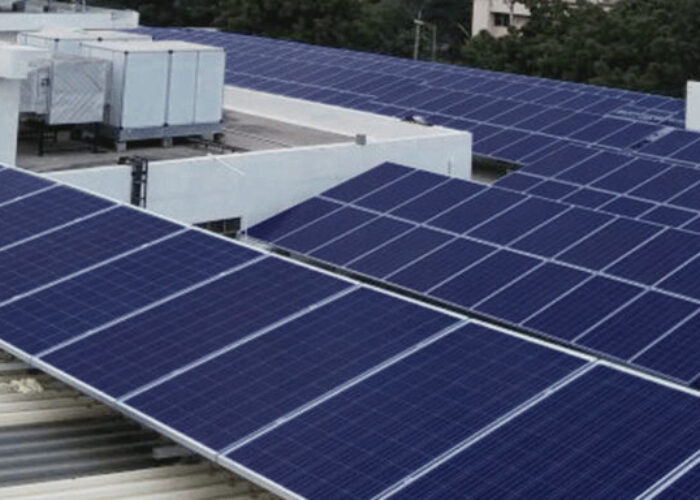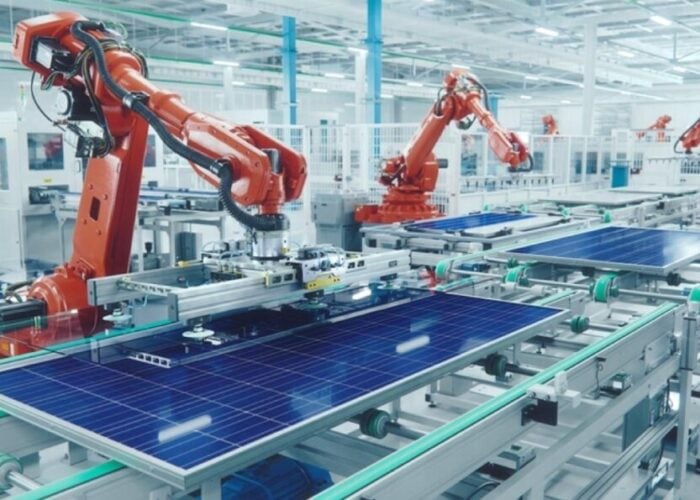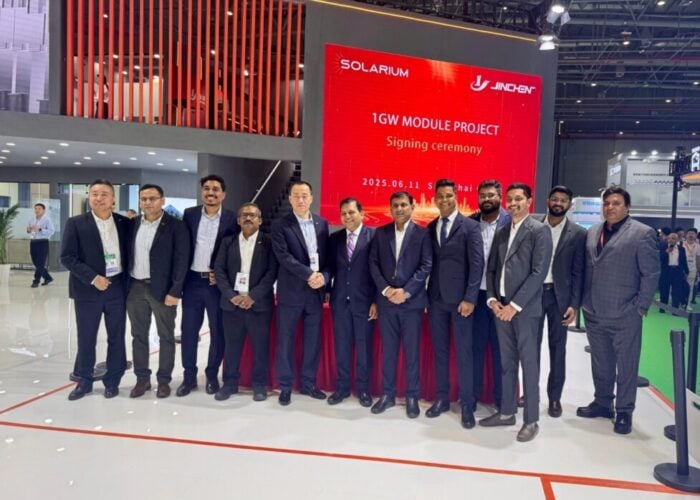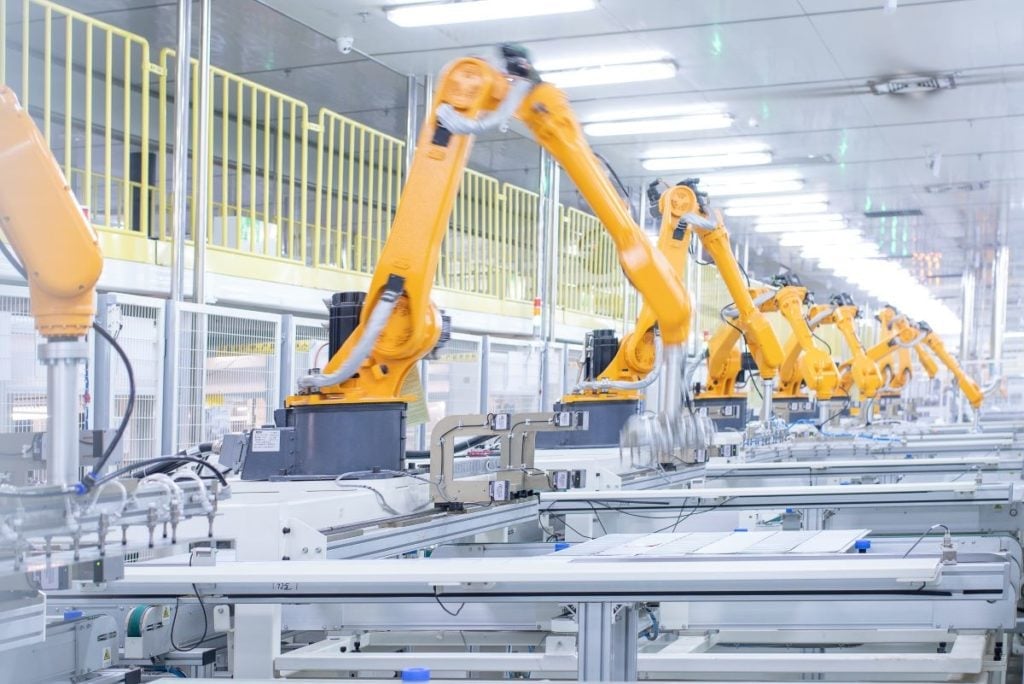
Can anything stop China’s domination of the PV sector?
That’s the question that was debated hotly throughout 2024; how would the PV manufacturing eco-systems in China – from silver paste to solar glass, polysilicon through to wafers and cells – deal with an end-market plunged into an abyss at the end of 2023, as pricing collapsed for many to below 10$c/Watt.
Unlock unlimited access for 12 whole months of distinctive global analysis
Photovoltaics International is now included.
- Regular insight and analysis of the industry’s biggest developments
- In-depth interviews with the industry’s leading figures
- Unlimited digital access to the PV Tech Power journal catalogue
- Unlimited digital access to the Photovoltaics International journal catalogue
- Access to more than 1,000 technical papers
- Discounts on Solar Media’s portfolio of events, in-person and virtual
There is no shortage of metrics to track at the start of 2025, to provide answers to this question. However, all said and done, China once again dominated the global PV industry in 2024, with only a few Indian manufacturers and First Solar having anything positive to cheer about outside of China.
Many thought that blended module average selling prices (ASPs) dipping south of 10$c/W (or nominally 10€c/W if buying in Europe) was some kind of epiphany moment: that the PV industry would self-implode if single-digit dollar cent pricing continued unabated.
But the PV industry today does not adhere to US dollar or Euro denominations, except when factoring in commodity pricing of raw materials.
Rather, the global PV industry is a Chinese Yuan driven and controlled machine. Last year – and for most of this year – the name of the game was RMB cost-of-goods-sold (COGS) reduction.
Forget the single-cent end-market prices from a Western currency perspective. Start thinking about how you sell a 740Wp module with a COGS at or below RMB460.
This is China PV’s goal this year, and I have little doubt it will be achieved, alongside a raft of technology performance enhancements that will make it that bit harder for the rest of the world to compete with, short of heavy domestic manufacturing incentives coupled with trade restrictions on imports.
Sub 10$c/W back-contact modules with 29% cell efficiencies in mass production and module gross margins of 15%, before 2030, as the industry’s mainstream offering?
I’d be willing to take bets against this unfolding in China in the coming years. Cyclic downturns might be painful, but they are massive drivers in performance enhancement and cost reduction. While many still associate China with the latter (low manufacturing cost), it is technology advancement in PV manufacturing in China that has been astonishing to watch in the past ten years; and done with a collective synergy that the rest of the world could only dream of having.
Chinese module suppliers only in the Top 10
One of the PV sector’s favourite pastimes is to know who shipped the most modules in any given calendar year. From a market analysis perspective, this is not the most riveting piece of research, but a box that needs to be ticked before getting back to forecasting key sector metrics.
As it turns out, creating these Top 10 lists seems to have been one of my hobbies for the better part of 20 years! But it is worth noting that being a Top 10 module supplier (by sheer volume) is not always a leading indicator of sustained industry health. Indeed, for many in the past, it was somewhat of a marketing obsession that often led to market capitulation.
It is no longer any great revelation that any Top 10 production or shipment ranking for the PV industry (across materials, consumables, production equipment, and manufacturing or shipping of polysilicon, ingots, wafers, cells and modules) is dominated by Chinese companies. In fact, for most categories, the entire list is often comprised only of Chinese PV players.
The Top 10 PV module suppliers (ranked by shipment of own-branded product) in 2024 were all Chinese companies, for the second year in a row.
It now seems a long time since the likes of First Solar or Hanwha featured in the Top 10 shipment rankings. To get a look-in these days, annual shipment volumes need to be in the range of 25GW and above. In fact, the Top 10 module suppliers shipped more than 500GW during 2024; scary numbers if you are taking your first plunge into module manufacturing today, trying to set up a new fully Western materials supply chain, and targeting module shipments of a few hundred megawatts this year.
The following rankings table is preliminary as none of these companies has had its operations audited to the end of 2024. Most have nine months (via Q3 2024 reporting) in existence, giving some markers to back out full year estimates. Exact numbers (at least for the nine entrants that are public listed) will not be known until mid-April 2025, but there are only a few places in the rankings up for debate in this regard.
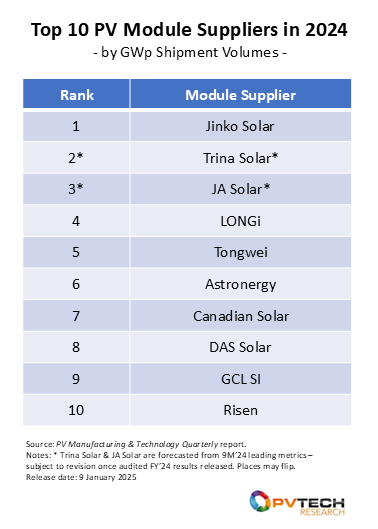
Module shipment volumes from Trina Solar and JA Solar have been within a few percentage points of one another for several years and 2024 was likely no different. For now, metrics are pointing to Trina’s module shipment volume being marginally higher, so we are forecasting them at #2 for now. Lower down the table, volumes from DAS Solar, GCL SI and Risen are also close (within about 5% of each other), so the final slots (#8 to #10) may change to what is shown above.
However, the Top 10 is largely set in stone in terms of the participants. If there are any major changes in the rankings, we will report on this accordingly.
More than a Top 10 in module shipments
While the Top 10 participants often command the most media coverage in the sector, there are many other key PV manufacturers that are behind the technology enhancements and cost reduction steps in production.
In fact, it is the collective effort in China – from materials and equipment suppliers to the technology leaders in manufacturing – that ultimately feeds into the modules sold to the end market. Potentially, there is now a subset of about 20-30 companies in China that are going to shape the direction of the PV industry in the coming years, with just a handful of these making and selling the modules.
Until recently, many of these companies were largely unknown outside China. But the focus of corporate module buyers on traceability and supply chains has now shed some light on these key players (albeit in specific circles).
During 2025, this subset of 20-30 Chinese materials, equipment and PV value-chain manufacturers will make operational decisions that will be critical to how the sector looks once it emerges from the upstream downturn. Monitoring this group of companies this year, not the Top 10 by module shipment volumes, should now be regarded as a priority.
Many of the leading global PV manufacturers will be presenting at the forthcoming PV CellTech Europe 2025 conference, taking place in Frankfurt, Germany on 11-12 March 2025. PV CellTech is now in its tenth year and will be focusing on what the global PV manufacturing landscape will look like in 2030 and beyond.

